Necessary Always Active
Necessary cookies are required to enable the basic features of this site, such as providing secure log-in or adjusting your consent preferences. These cookies do not store any personally identifiable data.
|
||||||
|
||||||
|
||||||
|
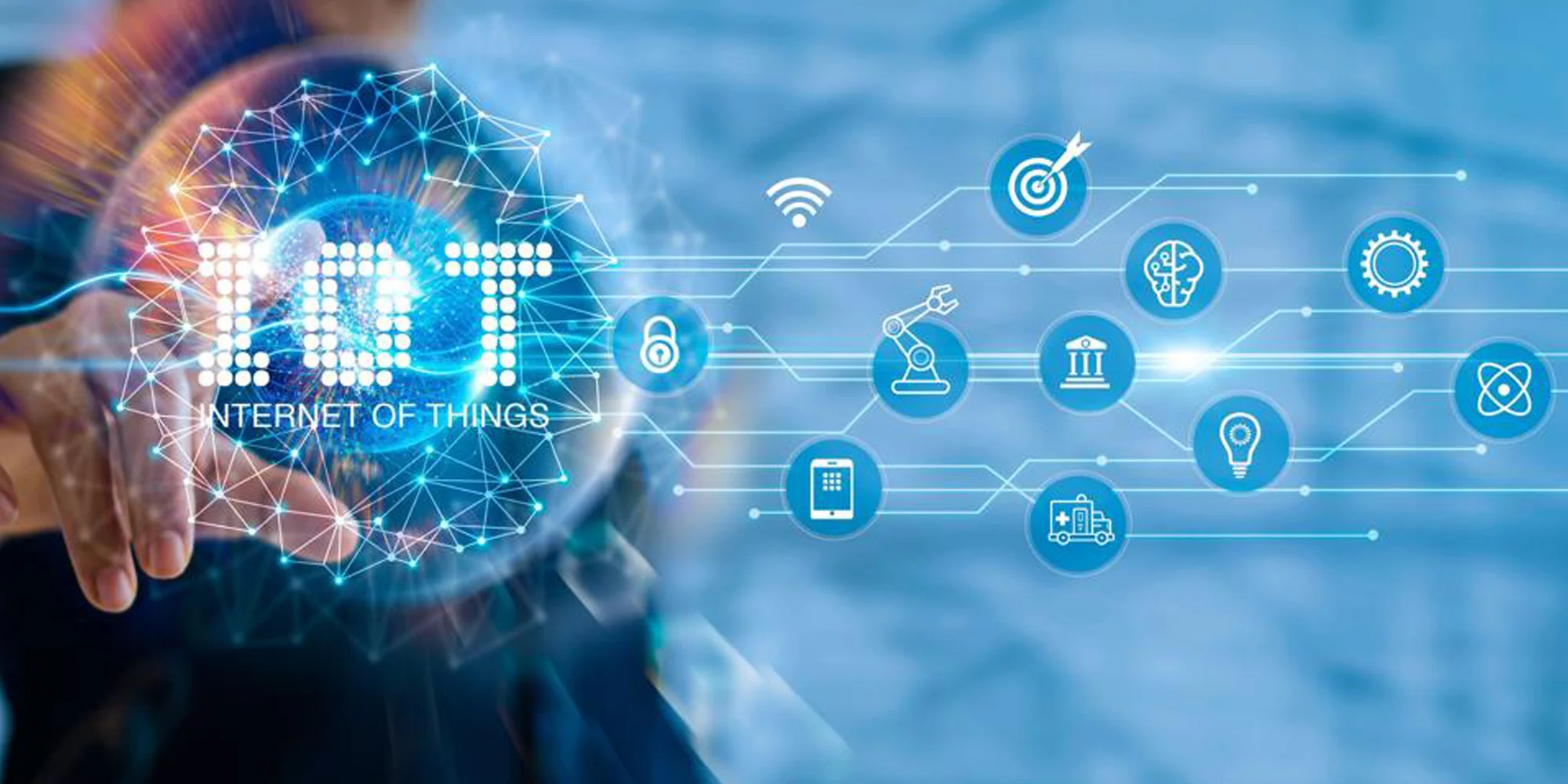
It seems as if everybody is talking about the Internet of Things. The good, the bad, the alarming advent as well as the importance. In the current time where everything is dominated by technology, it is vital for us to understand the importance of the Internet of Things (IoT).
The Internet of Things ( IoT )refers to the way of connecting physical objects through the internet to other devices. According to Oracle, more than 7 billion connected IoT devices are currently operating today. In fact, experts anticipate this figure to grow to 22 billion by 2025.
Speaking of the importance of IoT, numerous devices in our home can connect to each other and share information using IoT. As a result, our regular household items can (or are able to) integrate with sophisticated tech to do more.
In this blog, we will explore the importance and benefits of the Internet of Things (IoT), along with how various industries are using it to drive growth.
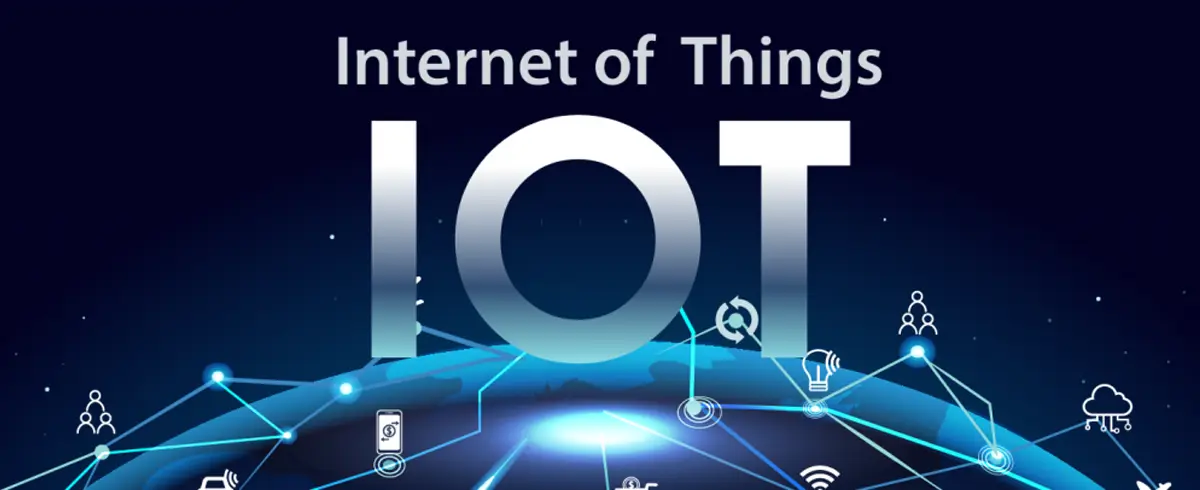
The Internet of Things (IoT) is defined as the network of physical and tangible objects, strongly connected with sensors and software, which are specialized to gain data and send them over the Internet. These IoTs could include a lot of devices from simple domestic appliances such as refrigerators, thermostats, and wearable fitness monitors, to commercially produced devices such as industrial equipment and infrastructural networks.
The platform processes the data, sends instructions based on the analysis, and shares aggregated information with other devices to enhance performance and improve the user experience. This interconnected system plays a key role in digital transformation, driving innovation across industries.
The principle of IoT is to make different objects think and work in a cohesive manner providing productivity and better decision making through the availability of data from the connected world. In this aspect, the benefits of IoT are connecting the real and virtual worlds to drive change. Let’s see how IoT works through an example, In healthcare, digital trends are helpful by enabling the use of connected devices and remote patient monitoring. Similarly, in the agricultural industry, the importance of IoT lies in elevating the performance of automated irrigation methods based on some showing more content of moisture in the soil and the weather. Meanwhile, in smart cities, the IoT is used in traffic control, energy consumption, and security management.
Here’s a detailed breakdown of the pros and cons of IoT in various industries, highlighting the importance of IoT and its significant impact on each sector while also introducing challenges that need to be addressed.

The Manufacturing industry is really benefitting from the Internet of Things. By connecting machines, devices, and systems, IoT enables real-time data collection and analysis, leading to more efficient and optimized production processes. It also helps the owners of these manufacturing units in cost-saving and managing operations.
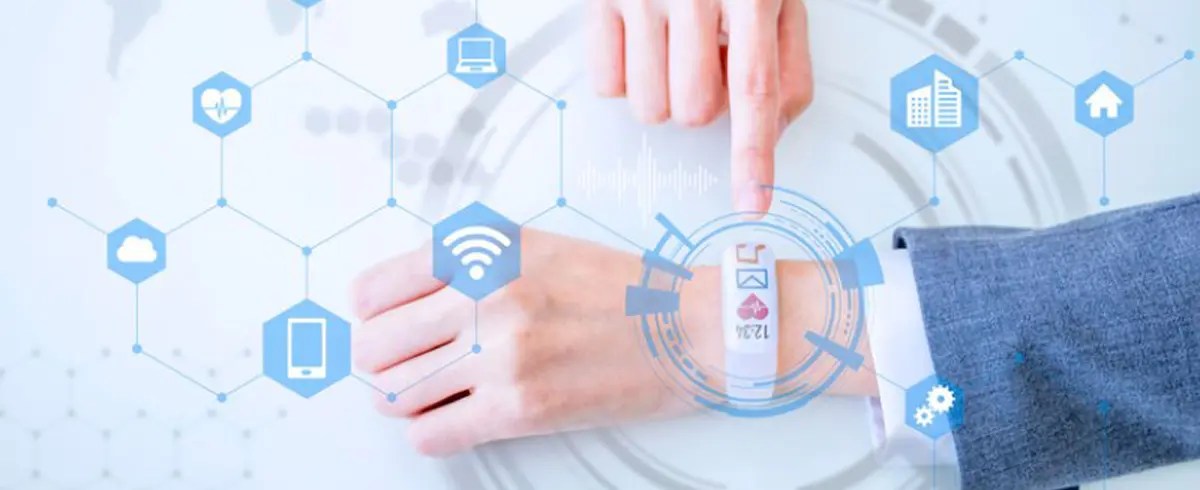
In healthcare, the adoption of IoT will open more avenues for personalized care and streamlined processes. Whether it be remote monitoring or automation processes, IoT is changing healthcare delivery in so many significant ways, opening avenues of improvement in both treatment and outcomes.
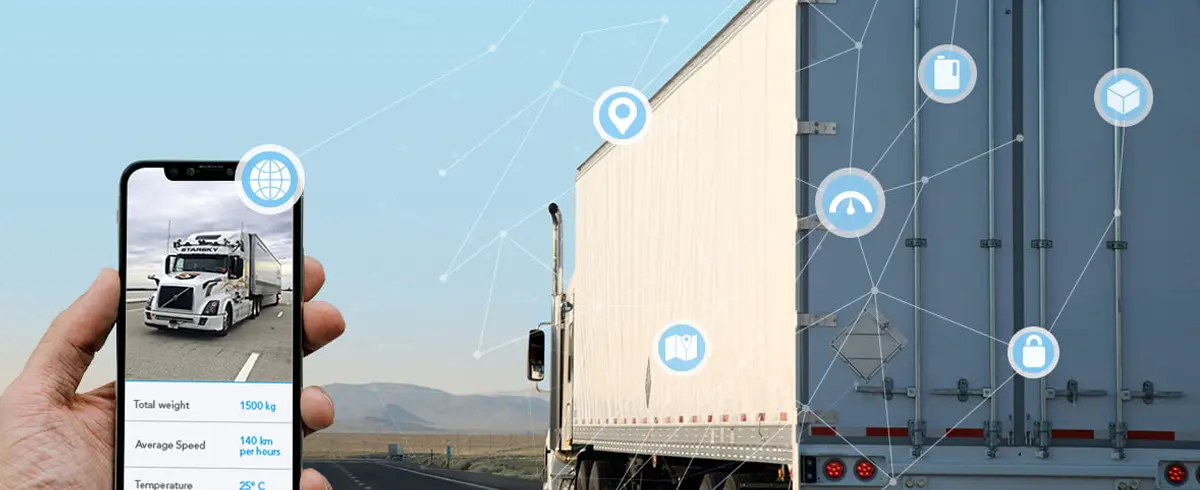
The transportation and logistics sector will increasingly depend on IoT as it streamlines operations and improves efficiency with safety. In fleet management and supply chain optimization, IoT is shaping the method of delivering goods and services across the globe.
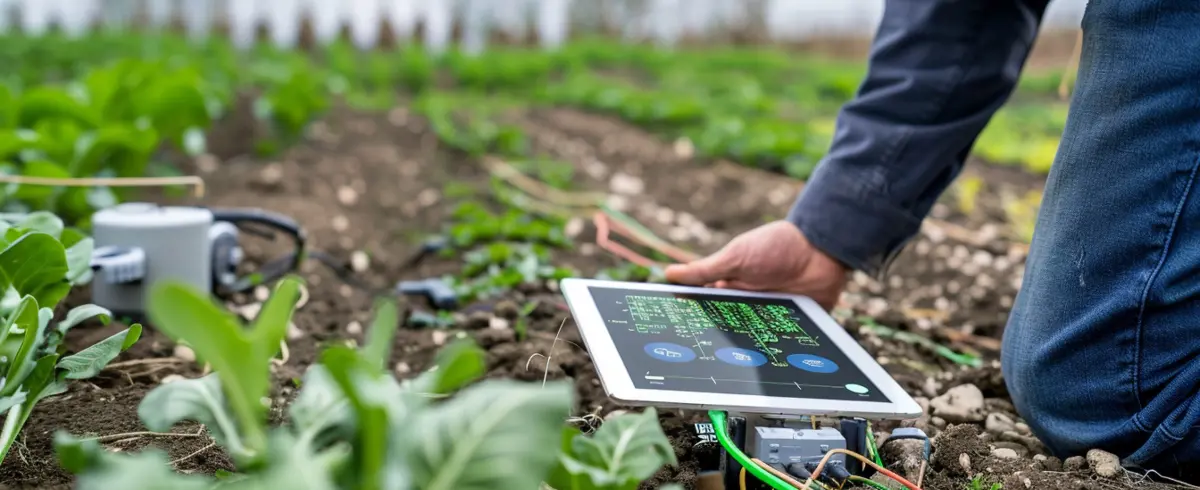
IoT is changing the face of agriculture through smart farming practices. The farmers can monitor the conditions in the soil, weather, and crop health. Through this, they can optimize irrigation, reduce waste, and increase yields. This technology transforms traditional farming into a data-driven and sustainable activity.
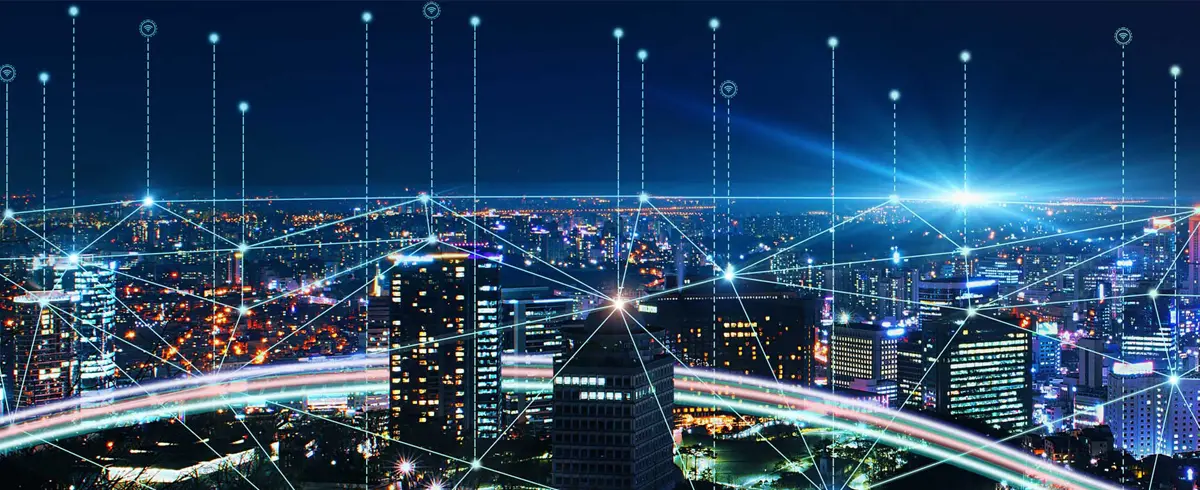
As urban centers expand further, IoT is front-run in the creation of sustainable, efficient, and responsive smart cities. This involves the integration of sensors to collect data and real-time monitoring, thus enhancing resource management and services to the city’s citizens.
Today, the future of IoT seems huge and bright. According to the IoT Business News, the market for the Internet of Things is supposed to grow by 13% by the end of 2024, making it reach 18.8 billion. It is also projected that by 2030 there will be around 40 billion IoT products in use.
Based on the above data, we can certainly say that this will help generate a myriad of job opportunities in tech as well as other industries. Here are a few industries that are extensively benefiting from the Internet of Things.
The Industrial Internet of Things is changing manufacturing by providing real-time visibility for production, automating the collection of data, and offering increased productivity. It lessens downtime and defects and, in turn, cuts costs associated with operations.
With IoT, safety is also boosted through monitoring environmental conditions. On the other hand, with more IoT devices used, cybersecurity trends have also mounted as connected devices are perceived to be vulnerable to various attacks. According to Fortune Business Insights, the global IoT market is projected to reach from $714.48 billion in 2024 to $4,062.34 billion by 2032 with a CAGR of 24.3%.
IoT is transforming transport and logistics by using sensors and onboard diagnostics for real-time fleet monitoring, optimization of routes, and predictive maintenance. This results in fuel conservation, faster delivery times, and a happy customer. IoT adoption increased at an unprecedented rate during the pandemic, with 77% of companies implementing at least one IoT project, said Inmarsat.
IoT also enhances stock management and supply chain visibility; hence, it has low risks of theft and damage, making it an innovation-enabling factor for the sector amid logistics.
The importance of the Internet of Medical Things (IoMT) market will be highly growing, reaching a size of 79.64 billion in 2024 from $64.48 billion in 2023 at a CAGR of 23.5%. This is because the use of connected medical devices for remote monitoring of patients is on the rise, making healthcare more efficient.
IoMT technologies such as wearables and diagnostic tools, help reduce hospital visits, improve diagnosis accuracy, and enhance patient outcomes. Although these benefits, concerns over data privacy and cybersecurity remain as IoT adoption in healthcare continues to increase.
The Internet of Things is now changing the way humans involve technology and its services in various fields. IoT offers possibilities with regards to reinventing entire manufacturing lines, managing and enhancing functions of delivery of healthcare, reshaping transport systems, and supporting the development of smart city projects, among other applications.
However, its immense potential goes along with challenges such as cybersecurity risks, high implementation costs, and data management complexities. As IoT evolves further, it promises an effective future of efficiency, sustainability, and enhanced quality of life through smarter and more connected systems. And thus, embracing its potential amidst its challenges is key to unlocking a truly interconnected world.
Sign up to receive our newsletter featuring the latest tech trends, in-depth articles, and exclusive insights. Stay ahead of the curve!